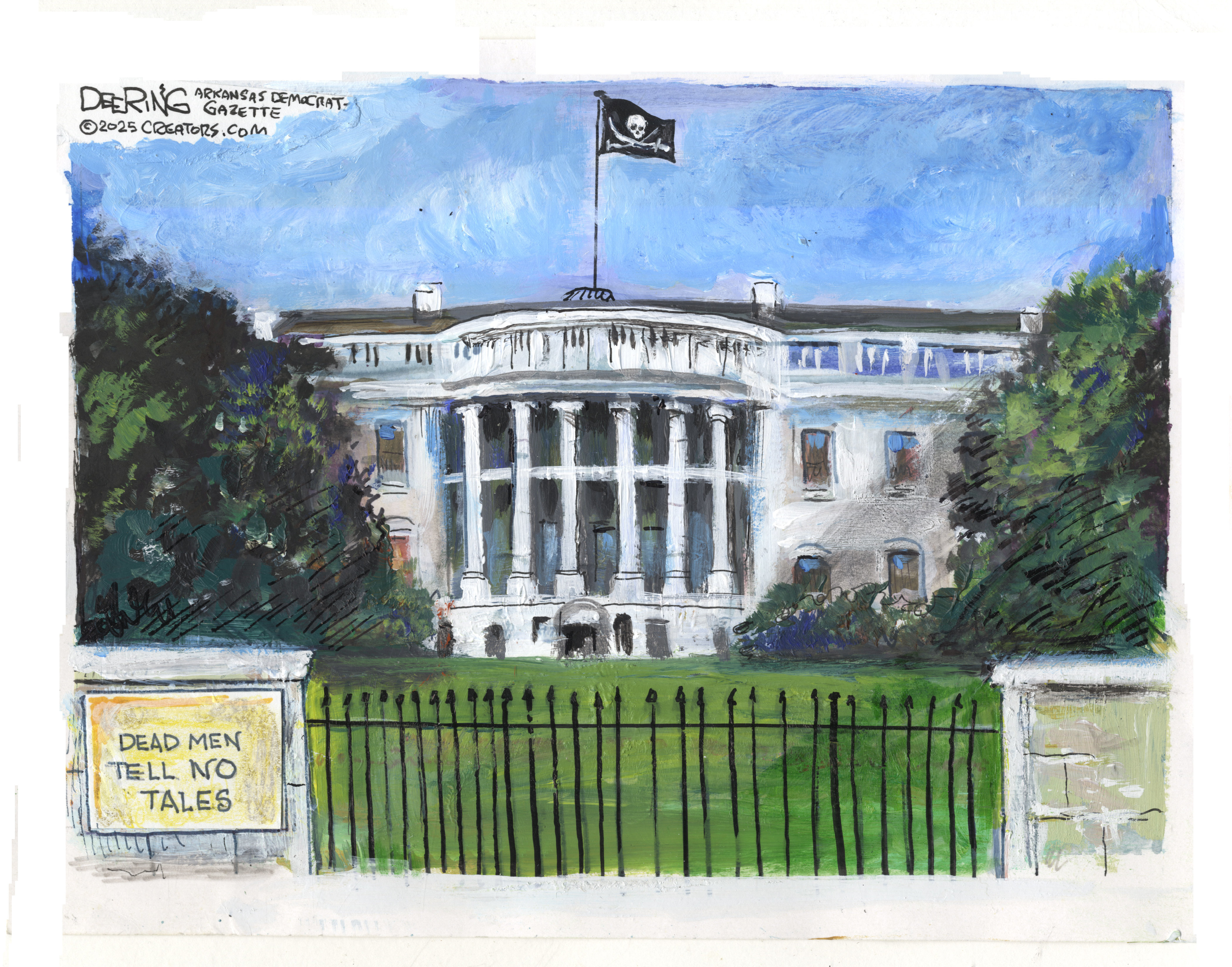How to fix the housing mess
This approach would cost about $350 billion, but it “will be even costlier to do nothing,” said Martin S. Feldstein at The New York Times.
Martin S. Feldstein
The New York Times
It’s time to act, said Martin S. Feldstein. Nearly 15 million homeowners owe more on their mortgages than their homes are worth, and our economy will not recover until they can get out from under that burden and start spending again. Washington has been understandably reluctant to help, because taxpayers don’t want to reward banks that made bad loans or homeowners who could “simply walk away” by defaulting. But there is a way out that would require both banks and homeowners to “make sacrifices.”
The Week
Escape your echo chamber. Get the facts behind the news, plus analysis from multiple perspectives.

Sign up for The Week's Free Newsletters
From our morning news briefing to a weekly Good News Newsletter, get the best of The Week delivered directly to your inbox.
From our morning news briefing to a weekly Good News Newsletter, get the best of The Week delivered directly to your inbox.
The government could reduce the mortgage principal on underwater homes to 110 percent of a home’s value. The government would absorb half the cost of the voluntary reduction, and the bank the other half. In exchange, the borrower would accept that his non-housing assets could be seized if he defaulted on the reduced mortgage payments. This approach would cost about $350 billion, but it “will be even costlier to do nothing.” Just as we wouldn’t allow a forest fire that threatens a neighborhood to burn out naturally, we can’t let housing prices continue to fall and make “the economy weaker and the loss of jobs much greater.”
A free daily email with the biggest news stories of the day – and the best features from TheWeek.com
-
 Political cartoons for December 14
Political cartoons for December 14Cartoons Sunday's political cartoons include a new White House flag, Venezuela negotiations, and more
-
 Heavenly spectacle in the wilds of Canada
Heavenly spectacle in the wilds of CanadaThe Week Recommends ‘Mind-bending’ outpost for spotting animals – and the northern lights
-
 Facial recognition: a revolution in policing
Facial recognition: a revolution in policingTalking Point All 43 police forces in England and Wales are set to be granted access, with those against calling for increasing safeguards on the technology
-
Issue of the week: Do high-speed traders rig the market?
feature Wall Street is abuzz over high-frequency trading.
-
Issue of the week: How Yellen spooked the markets
feature At her first press conference, the new Federal Reserve chair made the mistake of indicating when the Fed would raise interest rates.
-
Stop calling women ‘bossy’
feature Let’s ban “She’s bossy.” Instead, let’s try, “She has executive leadership skills.”
-
Issue of the week: GM’s recall disaster
feature Mary Barra is facing “her first big test” since she took over as GM’s new CEO in January: a recall of more than 1.6 million vehicles.
-
Issue of the week: Who gets Fannie’s and Freddie’s profits?
feature Fannie Mae’s and Freddie Mac’s shareholders want their money back.
-
Issue of the week: Comcast buying Time Warner Cable
feature Has Comcast won the cable wars?
-
Issue of the week: AOL’s million-dollar babies
feature AOL’s “gaffe-prone” CEO, Tim Armstrong, “got in some hot water” last week.
-
Issue of the week: Why Google unloaded Motorola
feature Three years after shelling out $12.5 billion for Motorola, Google announced its sale to Lenovo Group for $2.9 billion.